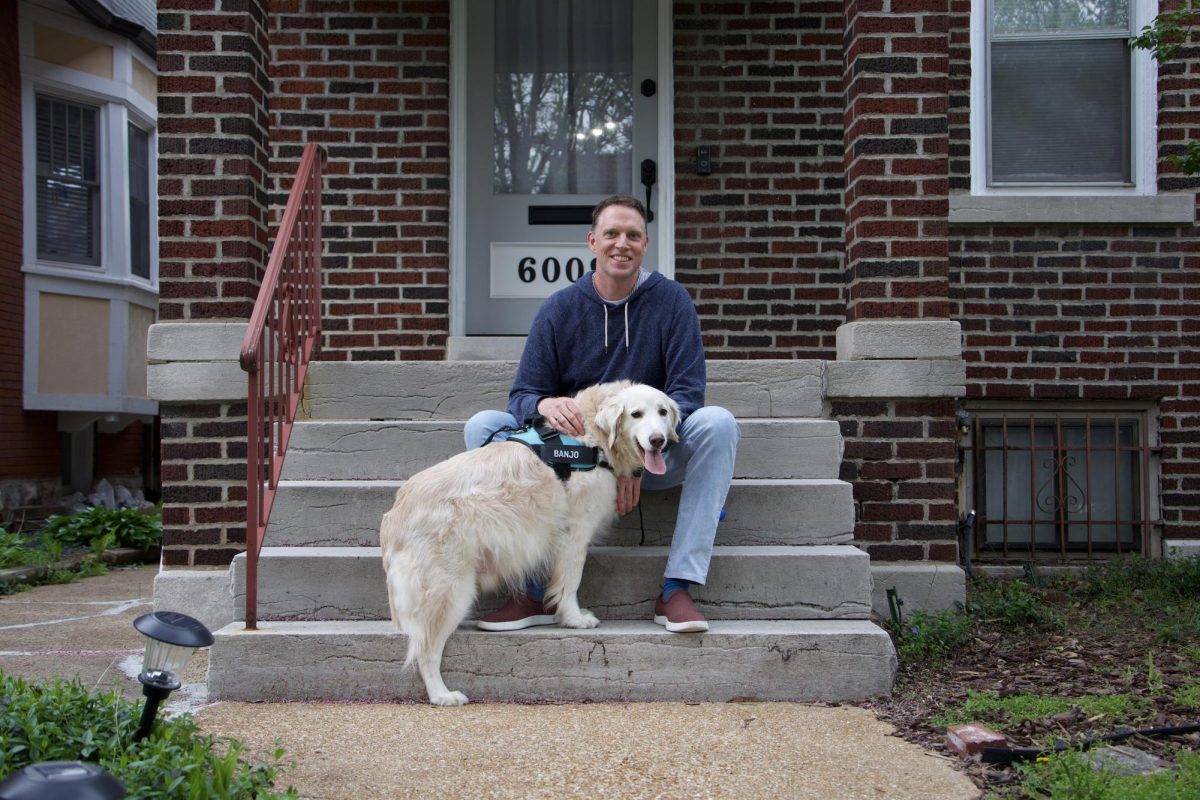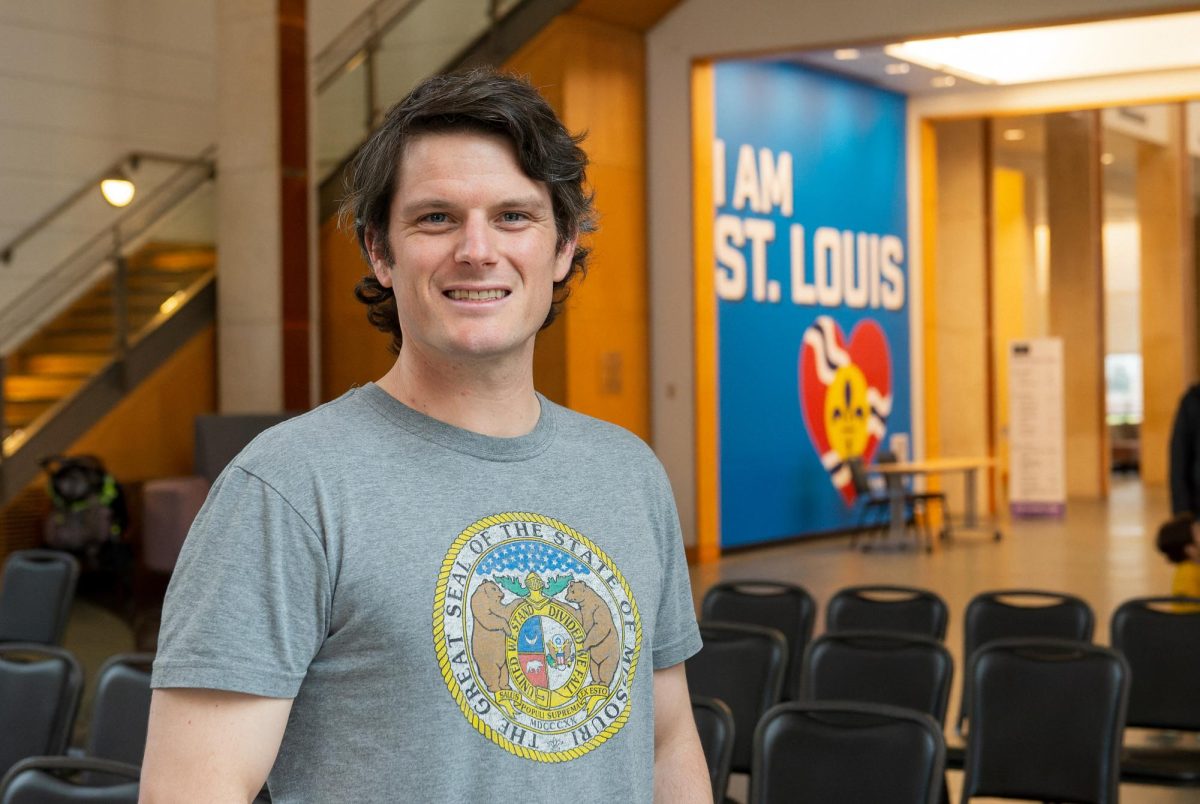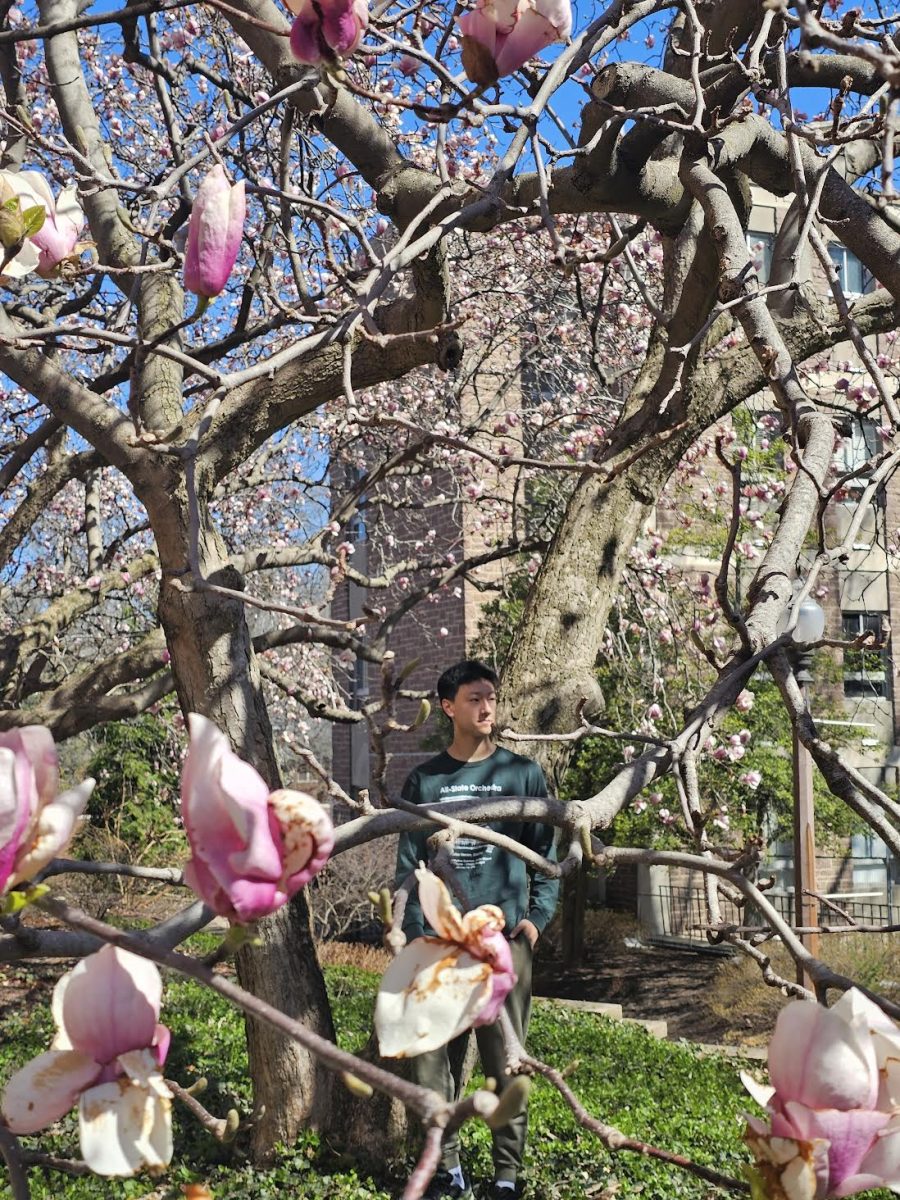As the first few weeks of the new semester begins to fly by, the number of students with backpacks that fill Ladue Horton Watkins’ hallways versus the number of students in little boxes on the screens of laptops, ipads, and whiteboard projectors has been fluctuating day to day. Contact tracing efforts by the district, intended to keep students, staff, and their families safe by locating those possibly exposed to cases of the coronavirus in classes, have sent a significant number of students home to isolate. While Junior Cassie Friess has not (yet) been contact traced or quarantined after potential exposure, she continues to attend school in-person as her peers often are.
“It’s been pretty hectic,” Friess said of returning to the hallways of Ladue, “there’s a lot of new rules and regulations and guidelines that need to be followed, and it was pretty overwhelming at first to be back around so many people after so long away.”
She says that after getting back into the swing of things, adjusting back and to the new normal was easy, and that it felt nice to be back in the classroom with her teachers. But she, as well as many other students, have noticed a number of students moving between in-person and virtual in each class as contact tracing numbers increase.
“The uncertainty is always there,” Friess said, “I feel like the threat of contact tracing is always kind of there, but I’m really glad that it’s happening and keeping everyone as safe as possible.”
Because of these quickly changing situations, as well as for the students who remain or are isolated at home, many teachers have kept some of the online structure and continued to rely on platforms such as Google Classroom in an attempt to make the abrupt transition between in-person and virtual smoother for those who experience it.
“Many of my teachers have been trying to keep as many of our assignments and turn-in locations and tests or quizzes online,” Friess said, “And they’ve been reminding us a lot that plans can change and are really likely to change because of all the uncertainties around us.”
Friess says that many of her teachers keep as much as possible online, in similar formats to the past fully virtual fall semester, to make it easier for both students, more centralized for the teachers themselves, and in an attempt to make tests or quizzes more equal for the vastly different formats.
“It must be pretty difficult for teachers,” Friess said, “Because it’s much easier to engage with and include the students right in front of you, but they’re doing a really good job of continuing to engage just as much with the kids that are still online or stuck at home.”


![A client poses for a photo. Although Hannah Hiken (12) enjoys painting nails for others, she prefers to have control of her own artistic freedom. “I do [nails] on myself a lot. I think that's what I really enjoy most,” Hiken said. “Doing it on myself, because I can choose everything I want to do.”
Photo courtesy of Hannah Hiken](https://laduepublications.com/wp-content/uploads/2025/05/IMG_1740-1200x986.jpeg)
![Duckham spends large amounts of her free time reading. Dealing with fewer classes this year, Duckham’s bookshelf at home has seen more use. “I call every book my favorite, but not truly every book [is]. I wrote my dissertation on Herman Melville, so I guess I'd have to say Moby Dick, is definitely one of my all time favorites,” Duckham said. “I really do love both British and American novelists of the 19th century. I tend to prefer nonfiction over fiction. For some reason, I think there's so many great non fiction writers, and I love the whole idea of something being true.
(Photo Courtesy of Janet Duckham)](https://laduepublications.com/wp-content/uploads/2025/05/IMG_6605-1200x900.jpeg)


![ABOVE: Duncan Kitchen (10) plucks the strings of his guitar at his home. Duncan’s older brother inspired him to start playing the guitar two years ago. “On any given day [in Alaska], you could walk up the mountain start a campfire [and] play guitar,” Duncan said. (Photos by Vincent Hsiao)](https://laduepublications.com/wp-content/uploads/2025/04/Hsiao_20250325_DuncanKitchen_010-1200x839.jpg)

